Cold Weather Paddleboarding: Why You Need to Try Cold Water SUPing
When most people think of stand-up paddleboarding (SUP), they imagine sunny skies, warm water, and summer vibes. But here’s a secret: some of the best paddling happens when the weather turns cold and the crowds vanish.
Welcome to the world of cold weather paddleboarding—a quiet, soul-refreshing, off-season adventure. With proper preparation and safety gear, paddling through misty lakes and icy rivers can offer unmatched peace and a deeper connection to nature.
In this blog post, we’ll explore what makes cold water SUPing so special, what you need to do it safely, and why it might become your new favourite seasonal activity.
Contents:
-
The Magic of Cold Weather SUPing
-
Benefits of Cold Weather Paddleboarding
-
Safety First: Cold Water Risks and How to Prepare
-
How to Build Confidence in Cold Conditions
-
Capturing the Experience: Photography and Mindfulness
The Magic of Cold Weather SUPing
There’s something almost mystical about being on the water during the colder months. Lakes and rivers take on an entirely different character, looking still, serene, and eerily beautiful. Morning fog rolls off the surface like a whisper. Trees reflect perfectly in the glassy water. Wildlife is more active. And best of all? You often have the entire place to yourself.

Cold weather paddleboarding offers solitude, beauty, and stillness
For many paddlers, cold-weather SUPing provides a deeply meditative, almost spiritual experience. The lack of summer crowds and motorboats makes it easier to connect with nature, focus on your stroke, and fully unplug from daily stress. It’s peaceful, raw, and revitalizing.
The contrast between the cold air and the gentle movement of paddling makes each breath feel sharper and more alive. Plus, the physical warmth your body generates while paddling creates a powerful harmony between effort and environment. It’s invigorating without being punishing and challenging without being unsafe, assuming you’re prepared.
Benefits of Cold Weather Paddleboarding
Beyond the breathtaking scenery and sense of solitude, cold water SUPing offers a range of benefits that may surprise you:
-
Mental Clarity and Mood Boosts
Exposure to cold temperatures has been shown to improve mental health and reduce symptoms of anxiety and depression. Combine that with the meditative quality of paddling, and you’ve got a perfect recipe for clarity and calm.
-
Improved Endurance and Strength
Cold weather adds resistance both physically and mentally. You have to engage your core, legs, and balance more actively to stay centered. The cooler temps also challenge your circulation and stamina, helping you build mental toughness along with physical endurance.
-
Year-Round Fitness
Why stop paddling in October? With cold water gear and a bit of motivation, you can stay fit and active through the winter months, even when hiking, biking, or running feel less appealing.
-
Less Competition for Spots
Some of the best paddleboarding locations are packed in the summer, making it tough to find solitude. In colder months, popular lakes and rivers become peaceful retreats where you can enjoy nature without interruptions.

Winter SUPing offers untouched waterways and serene solitude.
Safety First: Cold Water Risks and How to Prepare
Before we romanticize cold water SUPing too much, let’s be clear: safety is non-negotiable. Cold water immersion can lead to hypothermia, cold shock, and even death if you’re not prepared. The good news? With the right gear and precautions, cold-weather paddleboarding can be both safe and enjoyable.
-
Dress for Immersion, Not Air Temperature
This is the golden rule of cold water paddleboarding. You might be warm while paddling, but if you fall in, the water can be deadly. Always wear: wetsuit or drysuit (depending on the water temperature), neoprene gloves, thermal base layers under drysuits, wool or synthetic layers (never cotton)

Layer up with the right gear and stay warm as you glide through winter waters
-
Use a Leash and PFD
A coiled ankle leash ensures you don’t get separated from your board, your best flotation device. A U.S. Coast Guard-approved life jacket (PFD) is essential. Some paddlers also carry a dry bag with safety gear, including a whistle, phone (in a waterproof case), or emergency blanket.
-
Paddle with a Buddy or Share Your Plan
Never paddle alone in cold weather unless you're an expert and fully equipped. At the very least, tell someone where you're going, when you'll be back, and what to do if you don’t return.
-
Know Your Conditions
Cold weather can bring unpredictable changes in wind, current, or visibility. Use a reliable weather app, and be aware of sunset times (which arrive early in fall and winter). Paddle on sheltered bodies of water with minimal boat traffic and easy exit points.
How to Build Confidence in Cold Conditions
If you're new to cold water SUPing, it's smart to ease into it rather than diving in (literally or figuratively). Here’s how to build your comfort level:
-
Start With Short Sessions: Try 30-minute paddles near the shoreline, just to test your gear and body response. Practice falling in and remounting if safe to do so.
-
Stay Near the Shore: Especially early on, stick to areas where you can quickly exit the water. Don’t venture too far out until you’ve developed confidence and routine.
-
Join a Cold Water SUP Group: Find a local club or paddling group that continues into the colder months. Not only is it safer, but it’s also motivating and fun to share the experience.
-
Use the Right Board: Cut through the cold waters seamlessly while staying stable. A paddle board that's too big will be harder to maneuver if strong winds pick up. Look for sharper touring SUP boards to paddle fast and effortlessly.

Gear up and walk into your winter paddling adventure with confidence
Capturing the Experience: Photography and Mindfulness
One unexpected perk of cold-weather paddleboarding is the sheer photogenic beauty of your surroundings. Mist-covered water, snow-capped trees, and frost-lined banks all make for stunning photographs. Consider mounting a GoPro or waterproof camera, using a dry bag with a lens cloth and phone case, and bringing a small thermos of tea or coffee for a mid-paddle break. But beyond photos, cold water SUPing invites you to be present. The cold demands your attention, the silence encourages reflection, and the effort grounds you. For those seeking mindfulness or a seasonal reset, it’s hard to beat.

Packing up your gear after a calm and quiet winter paddle.
Final Thoughts: Why You Need to Try Cold Weather Paddleboarding
Cold-weather paddleboarding is a completely different way to connect with the water, the outdoors, and yourself. It challenges you to prepare more thoroughly, paddle more mindfully, and experience nature in its rawest form. From the peaceful landscapes to the health benefits and year-round fitness, there’s every reason to give cold water SUPing a try. With the right gear, planning, and mindset, you can turn the off-season into your favourite paddle season. So next time you’re packing away your board in October, stop and ask: What if I didn’t? What if the best paddle of the year is still ahead?
FAQ: Cold Weather SUPing Questions, Answered
Is cold weather paddleboarding safe?
Yes—with proper gear, training, and awareness, it’s safe and incredibly rewarding.
Do I need a wetsuit or drysuit?
If water temps are below 60°F (15°C), go with a drysuit or a 5mm+ wetsuit. Drysuits keep you dry, wetsuits keep you warm.
Can I go alone?
It’s not recommended. Always paddle with a buddy or tell someone your plan.
What’s the best board for winter SUPing?
Look for stable touring paddle boards with sharp noses for efficiency and balance in rougher waters.
Can I SUP on frozen lakes?
Nope. If a lake is frozen, it's unsafe. Stick to open, flowing water.


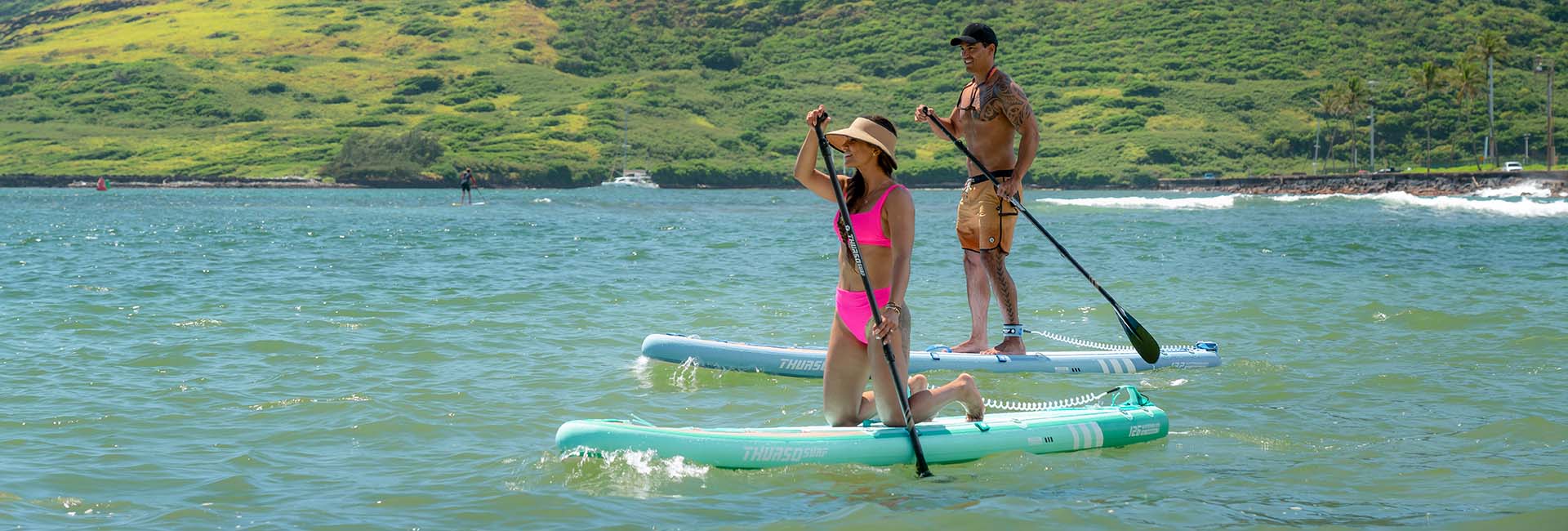
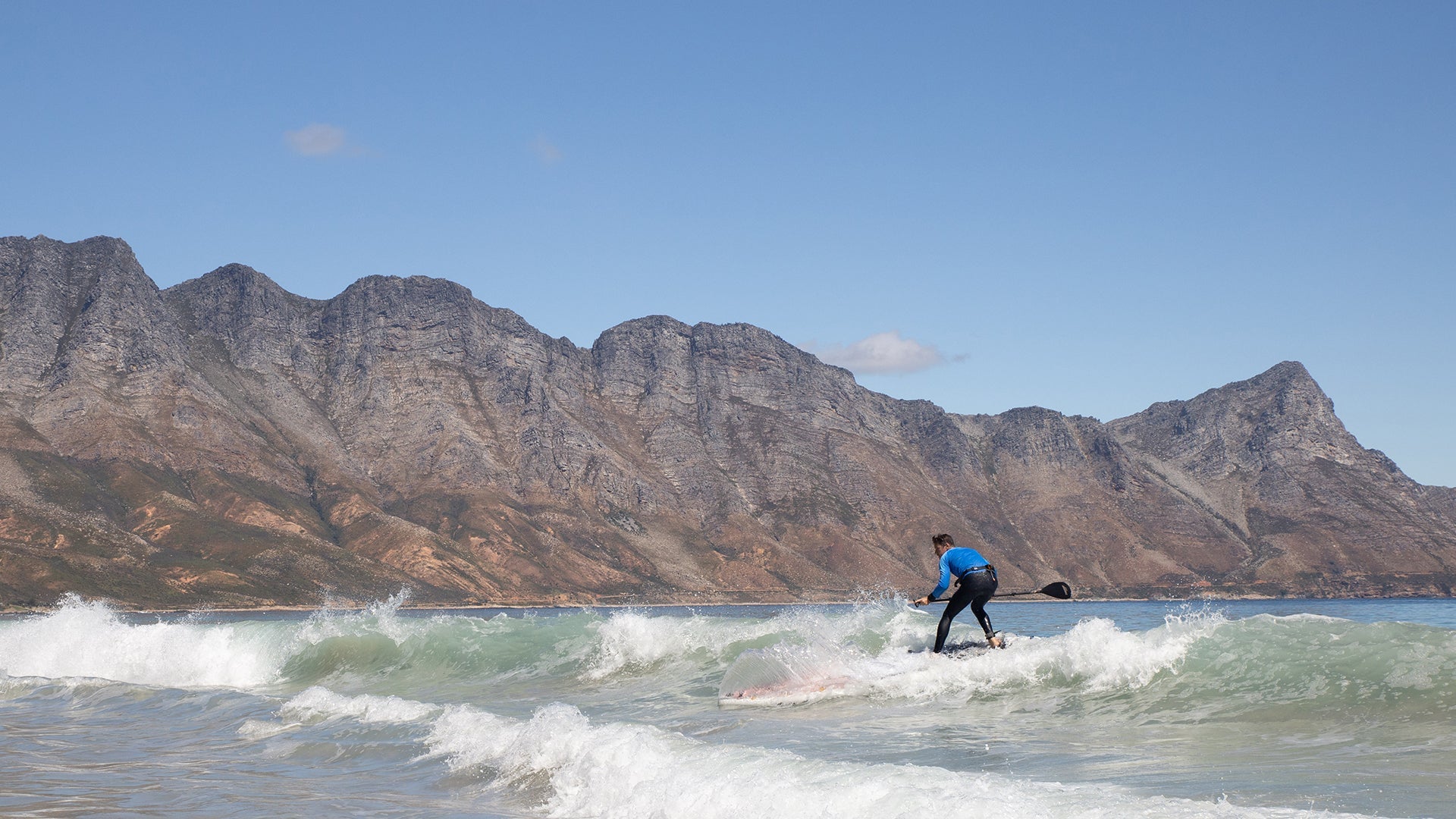
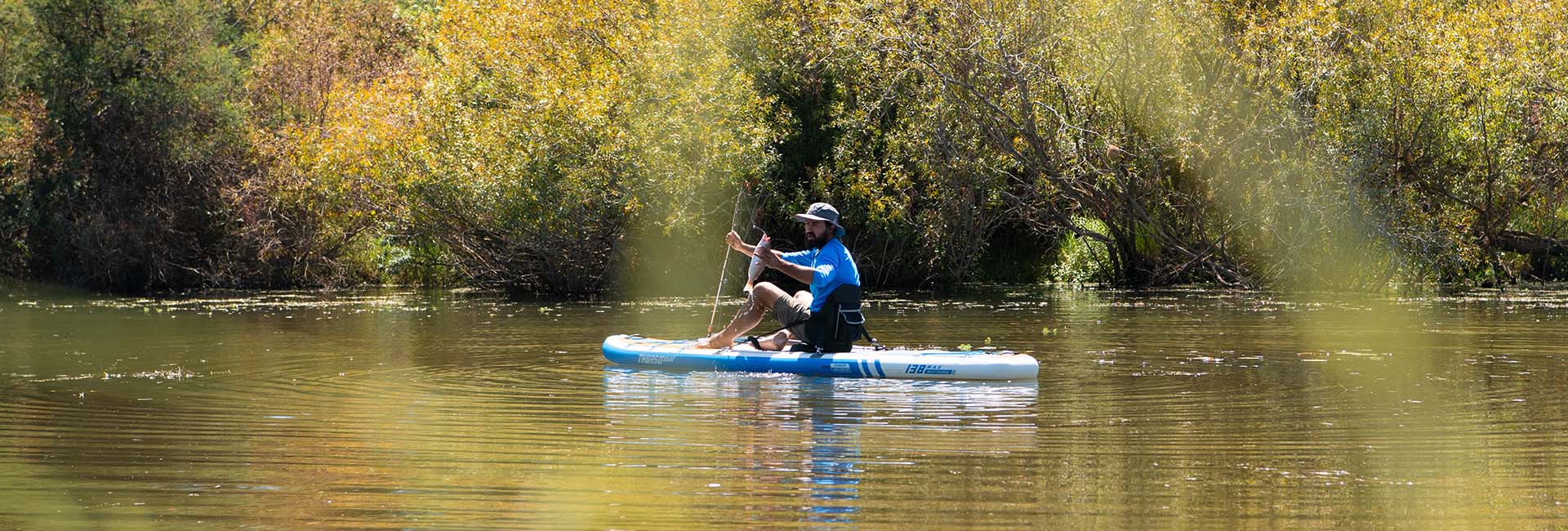
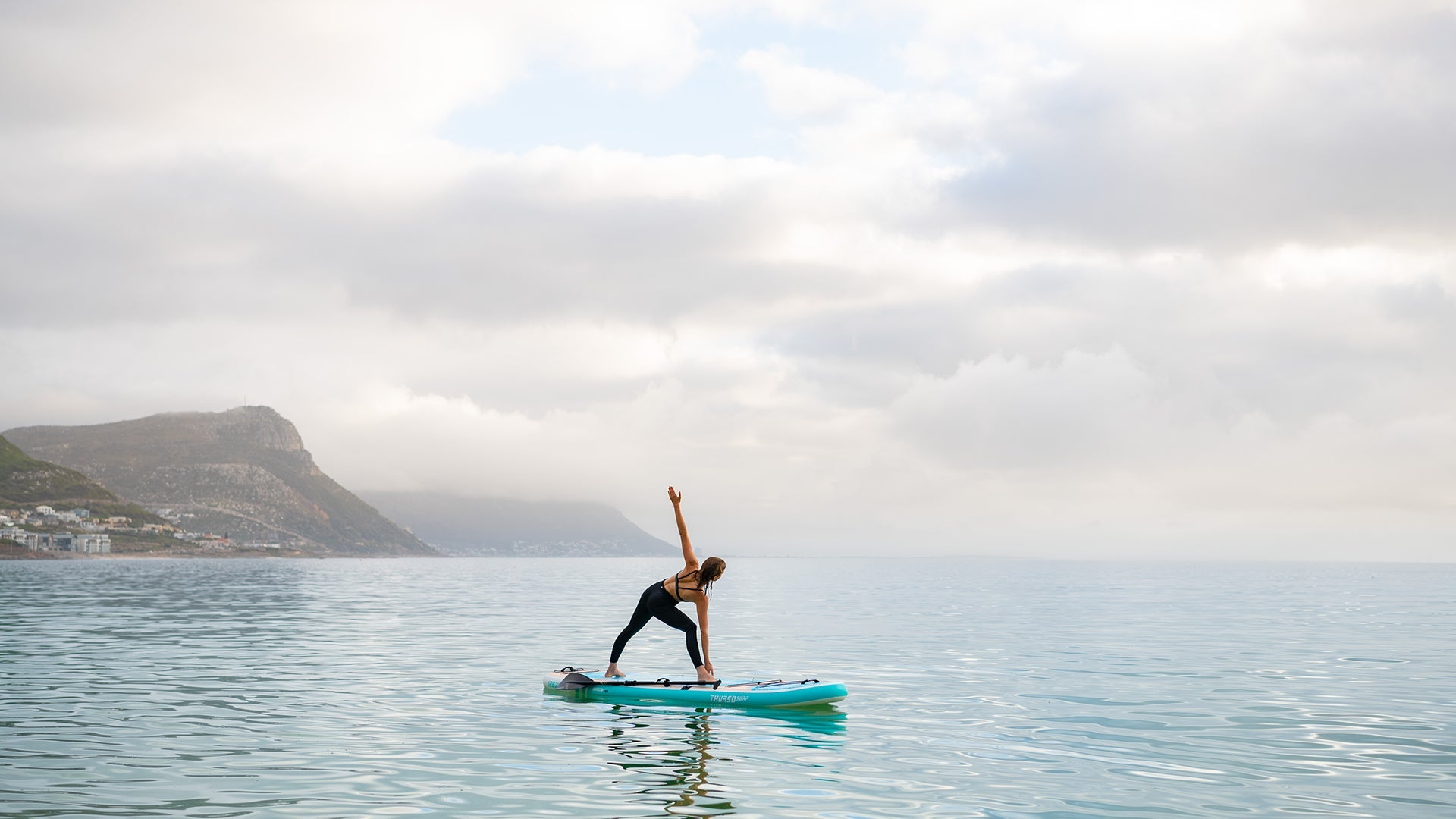
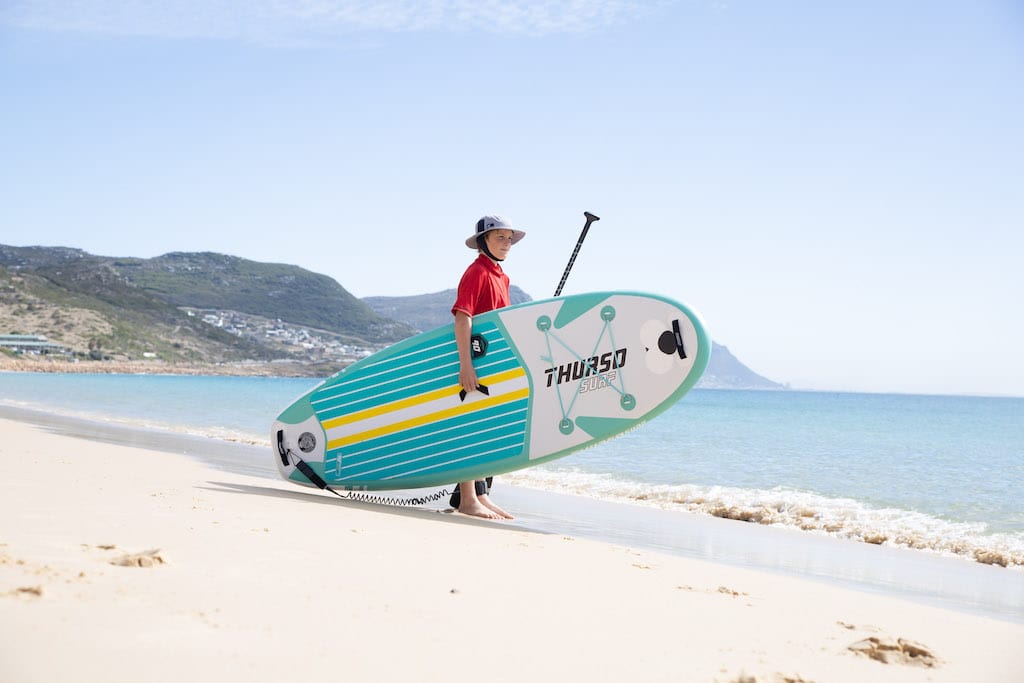
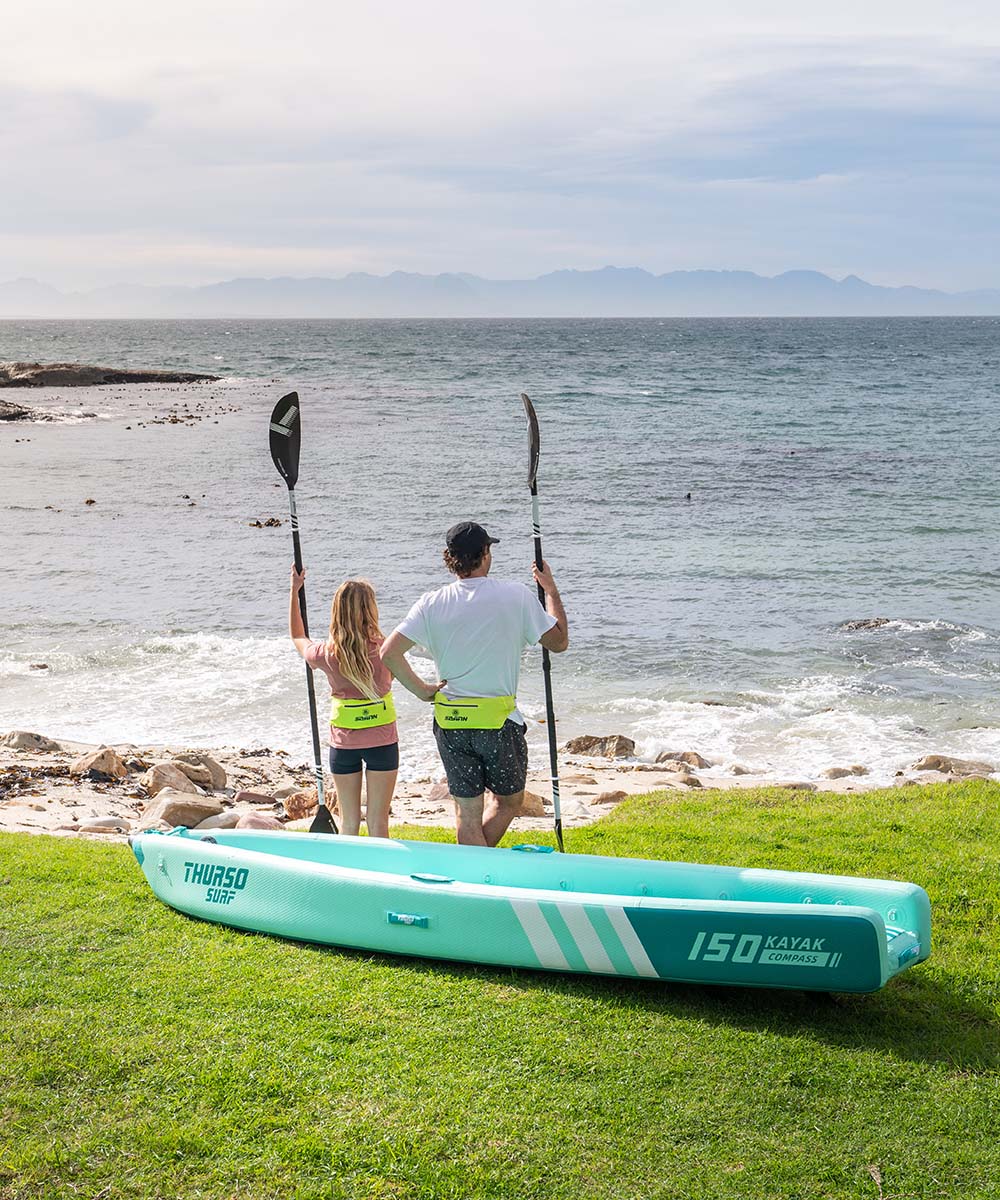
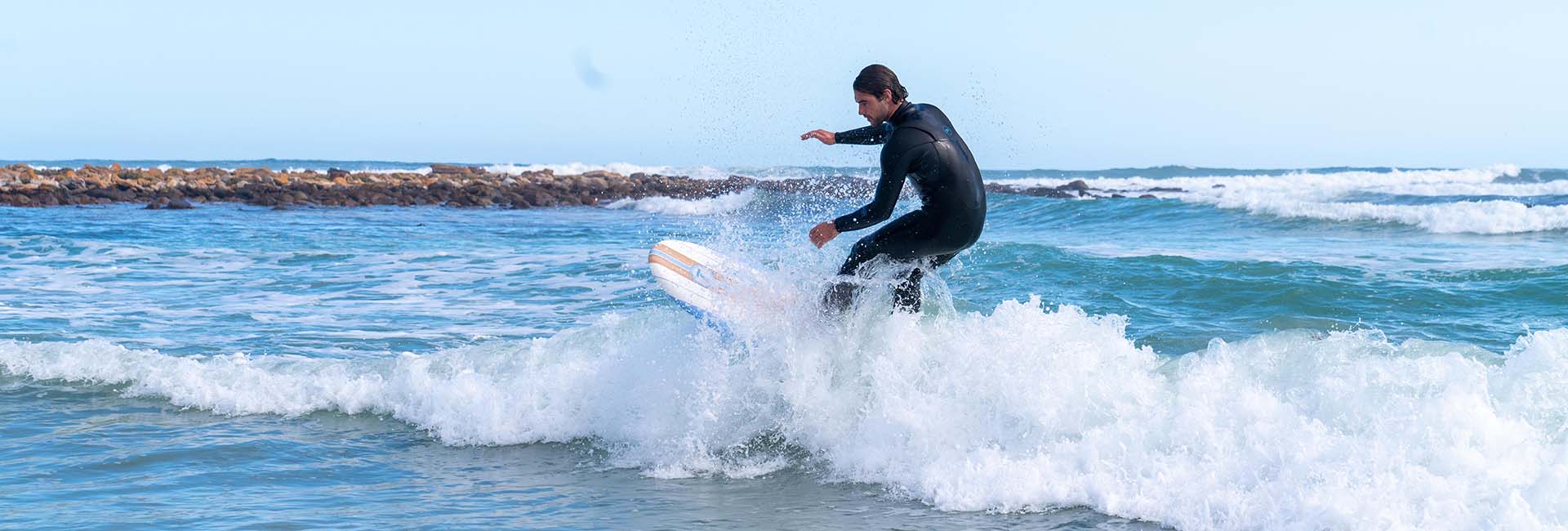
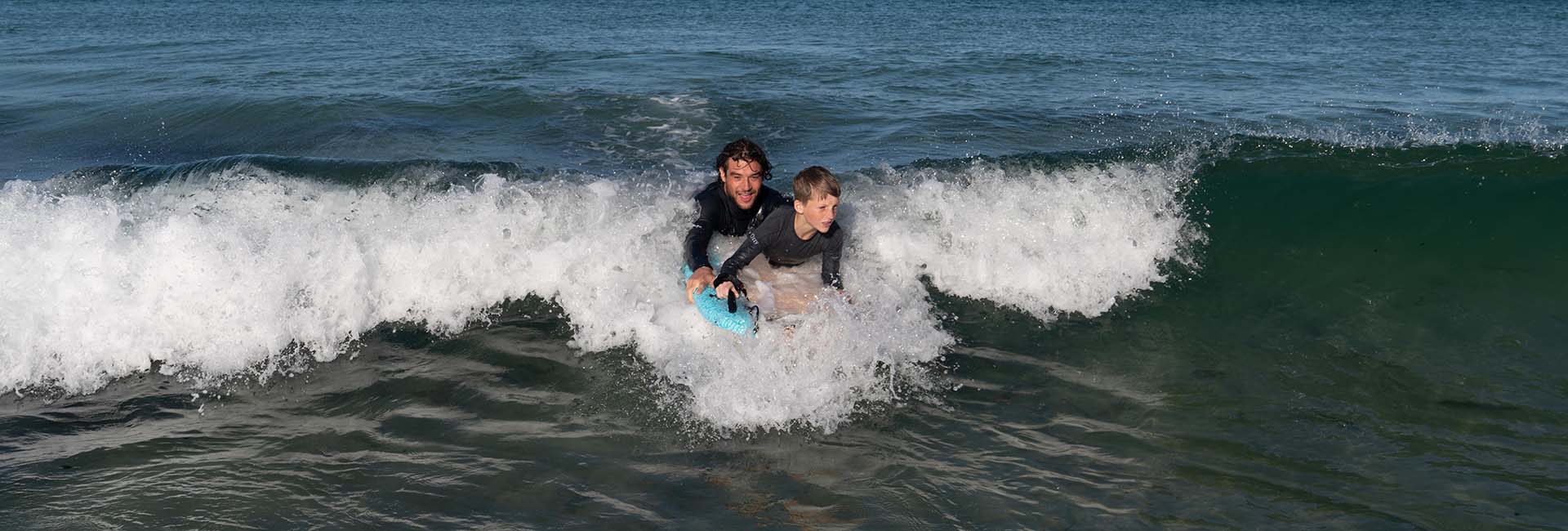
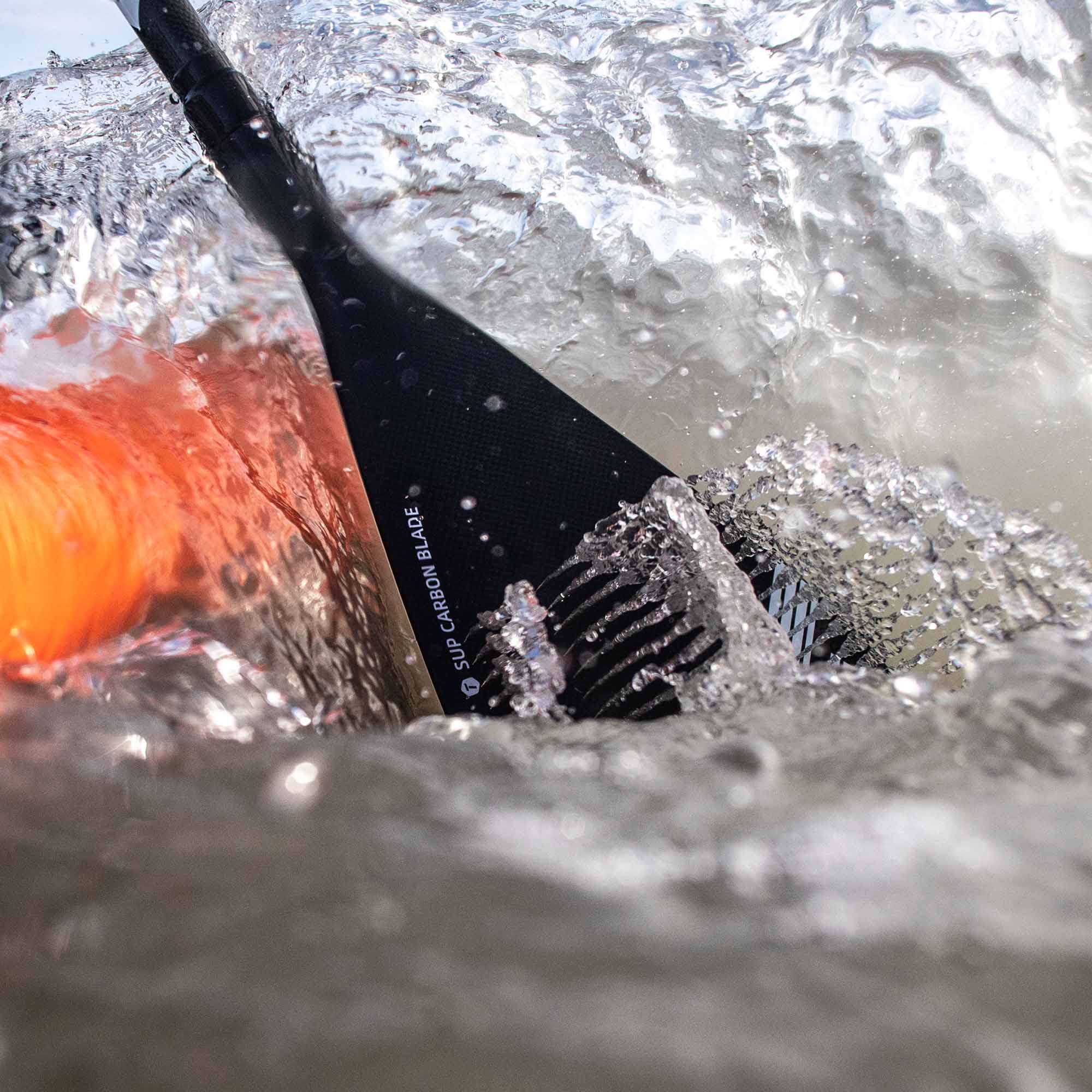
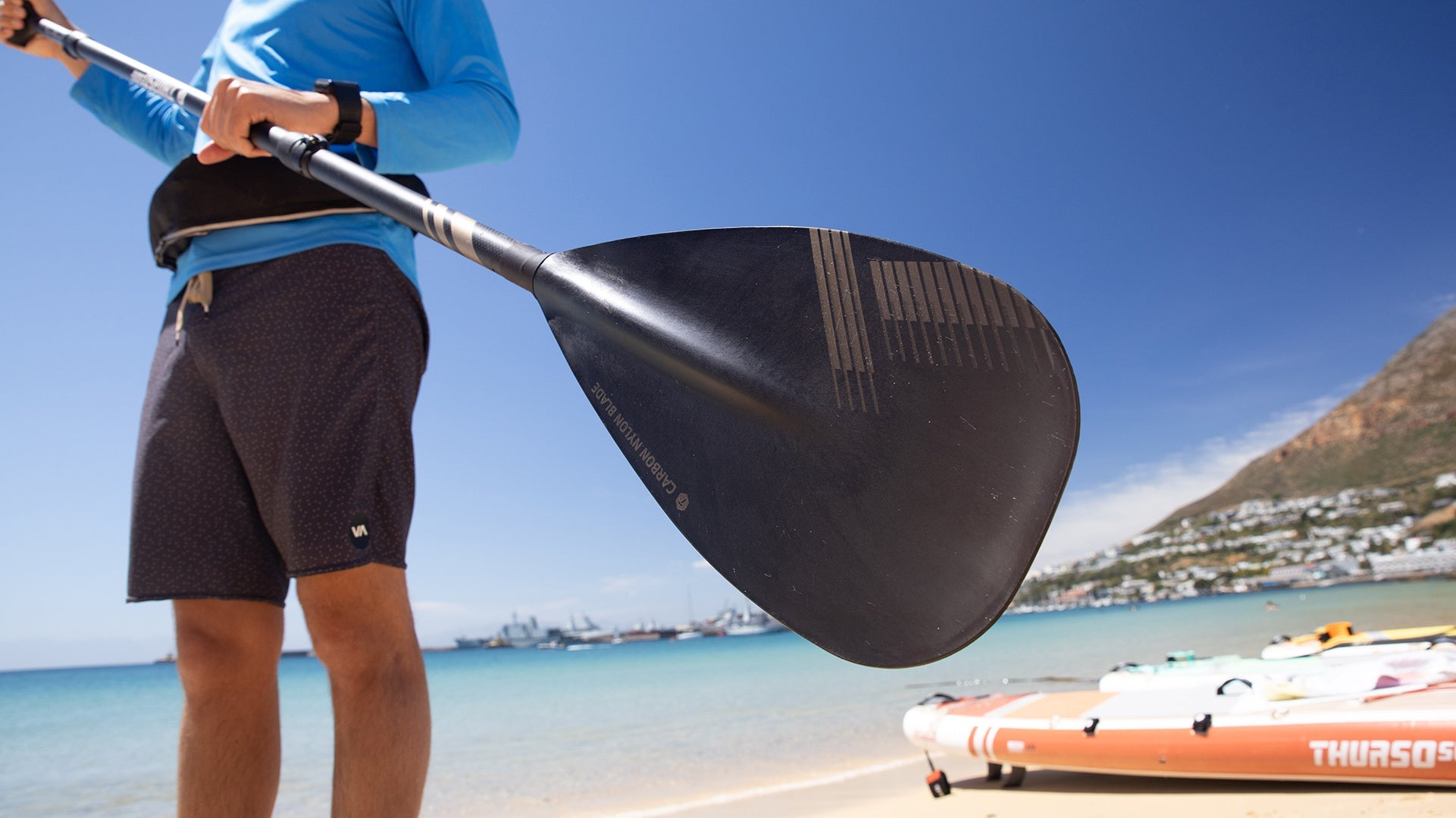
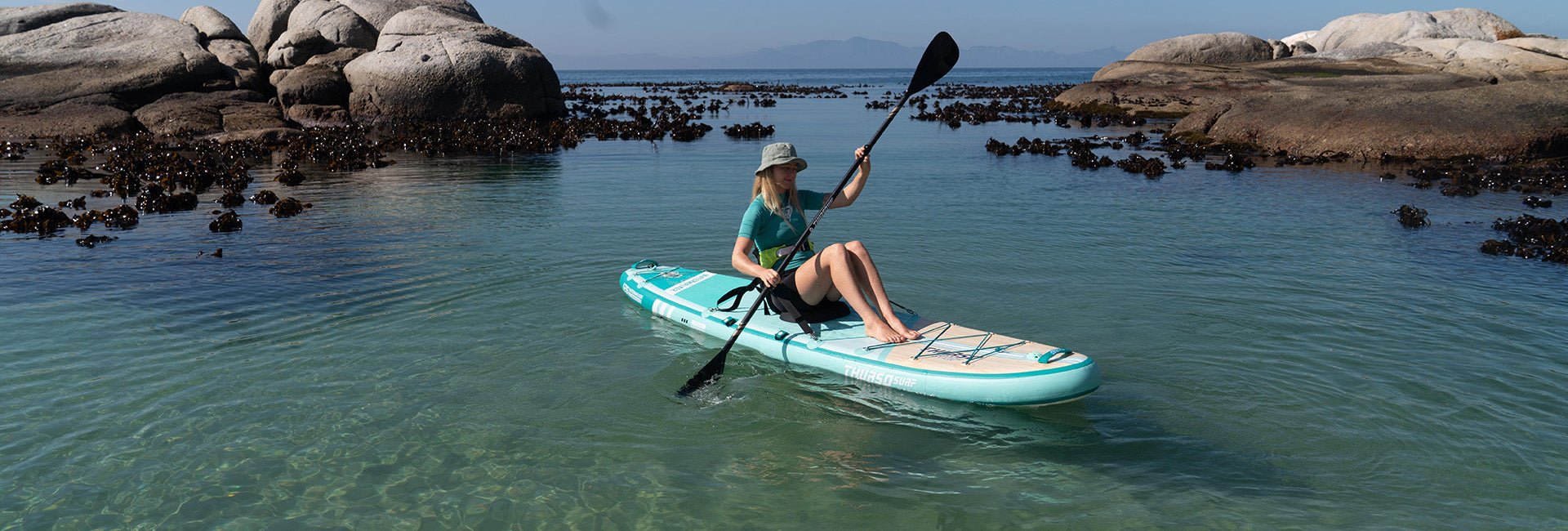
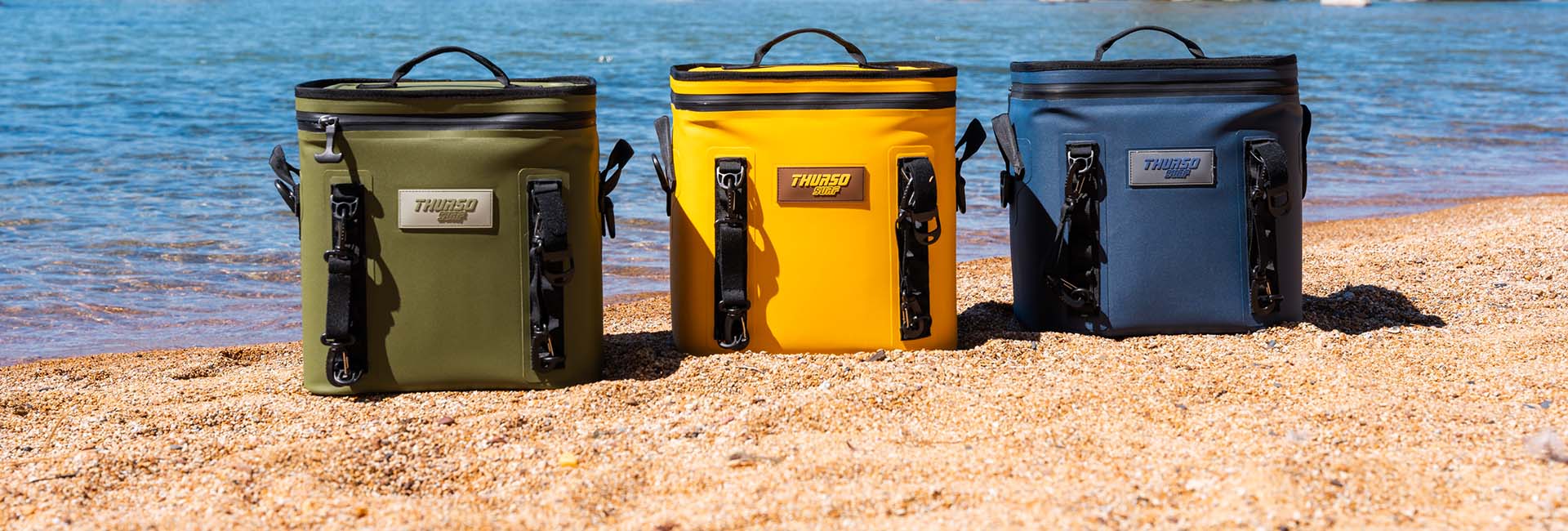
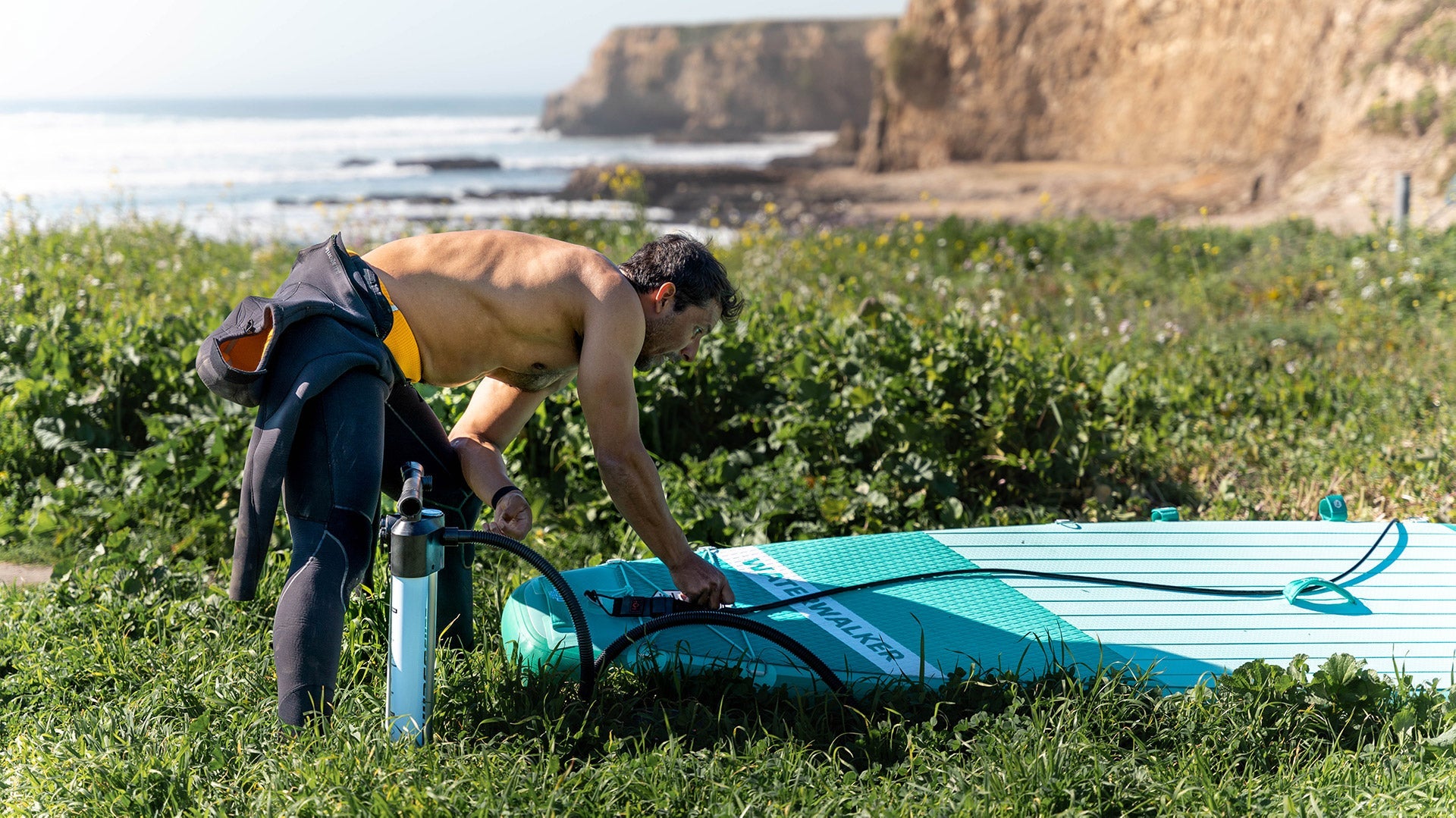
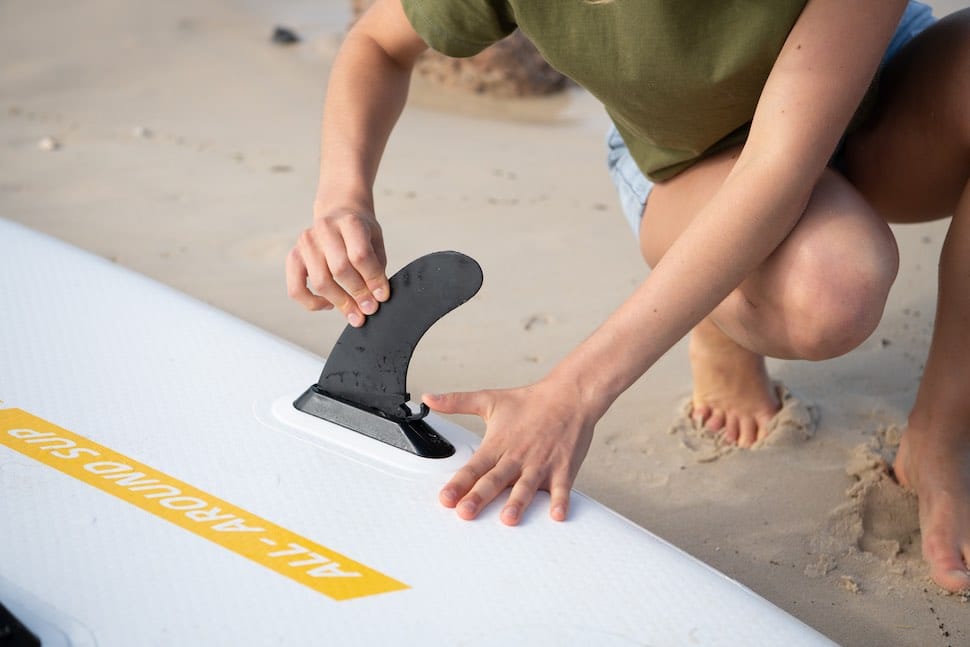
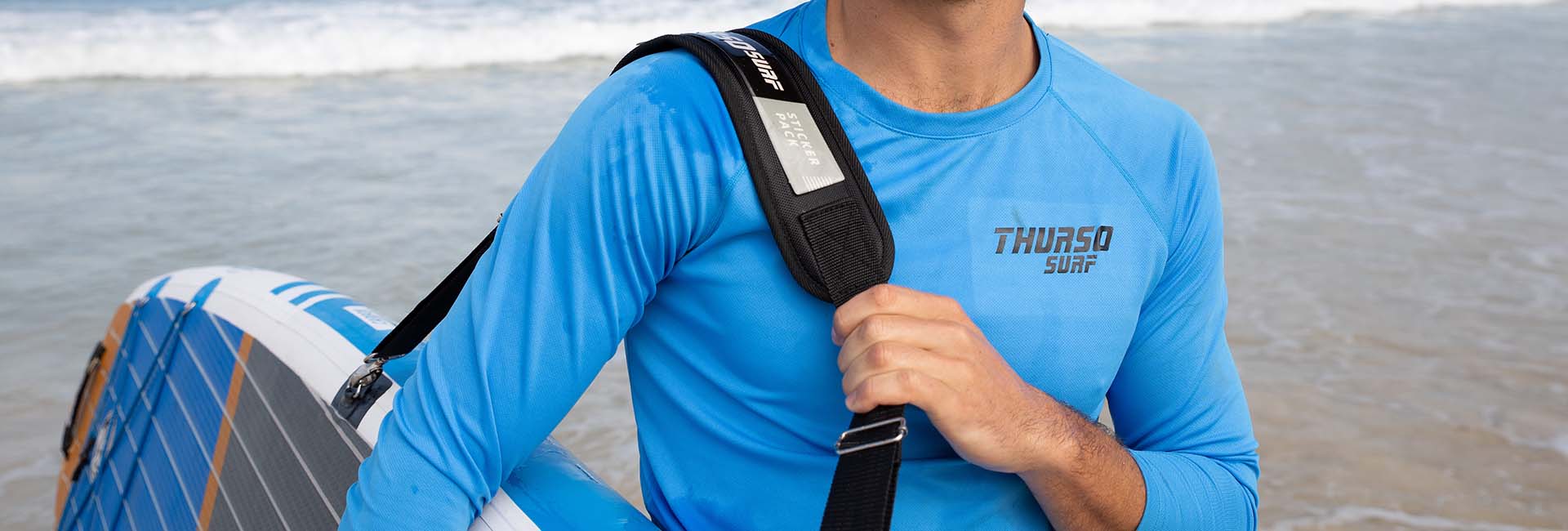



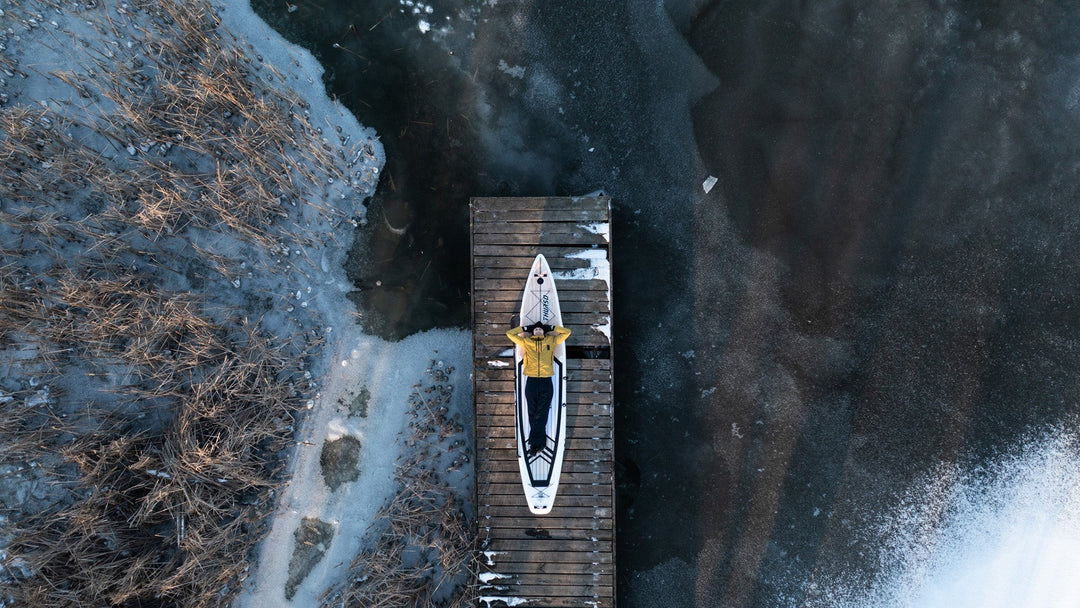
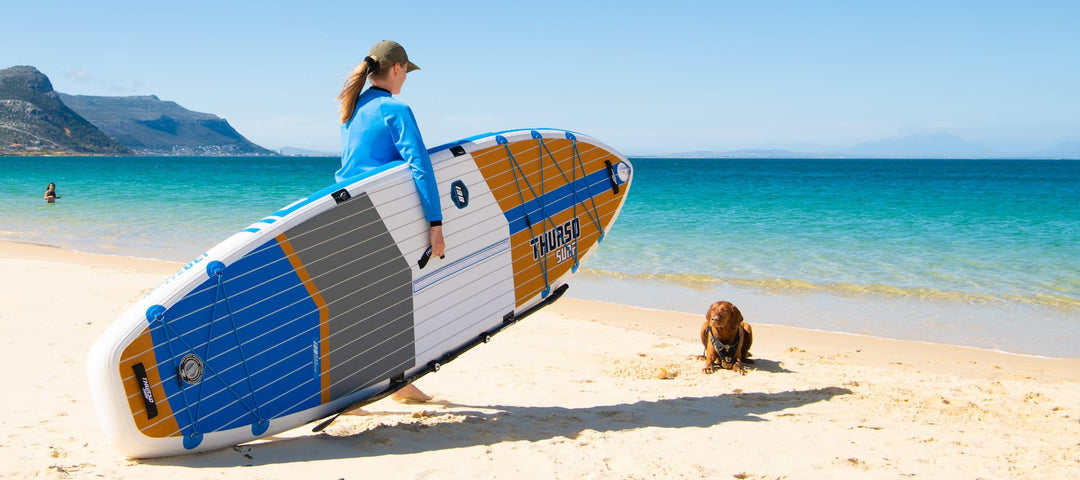
Leave a comment